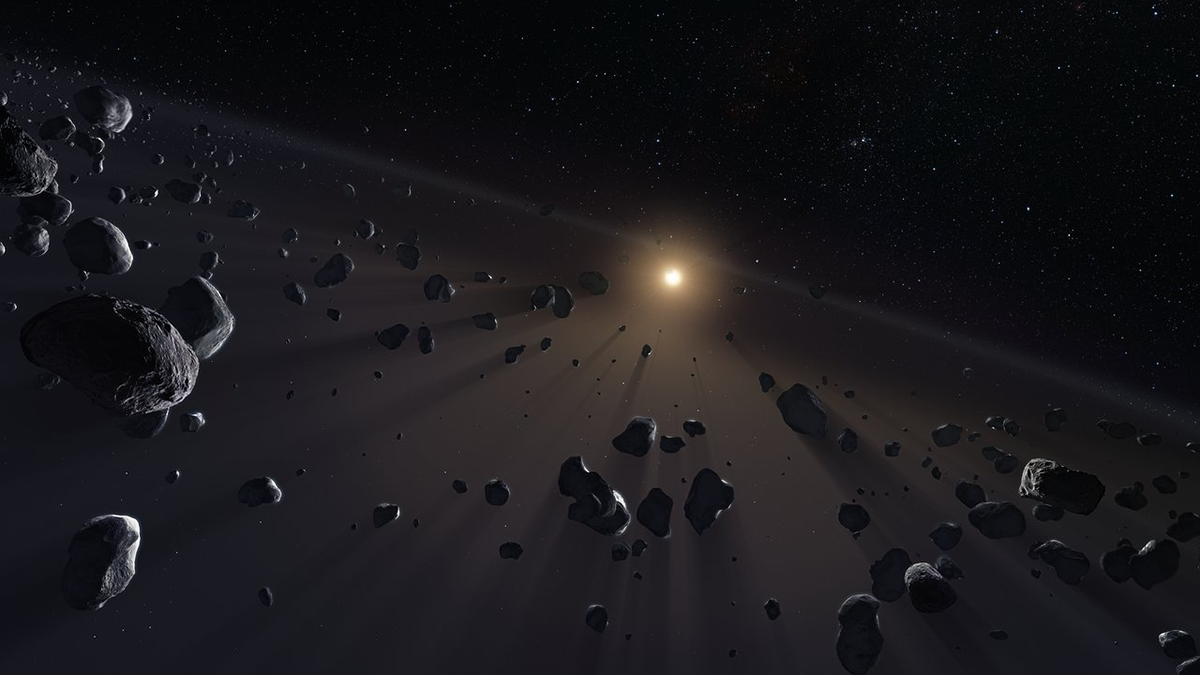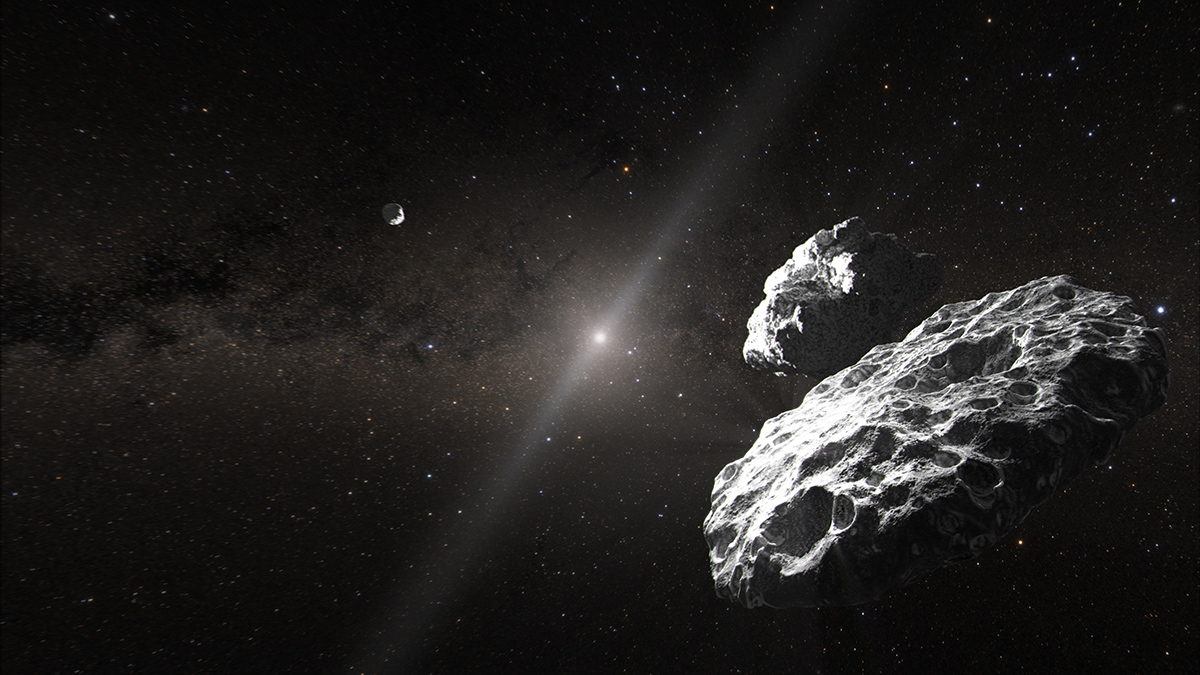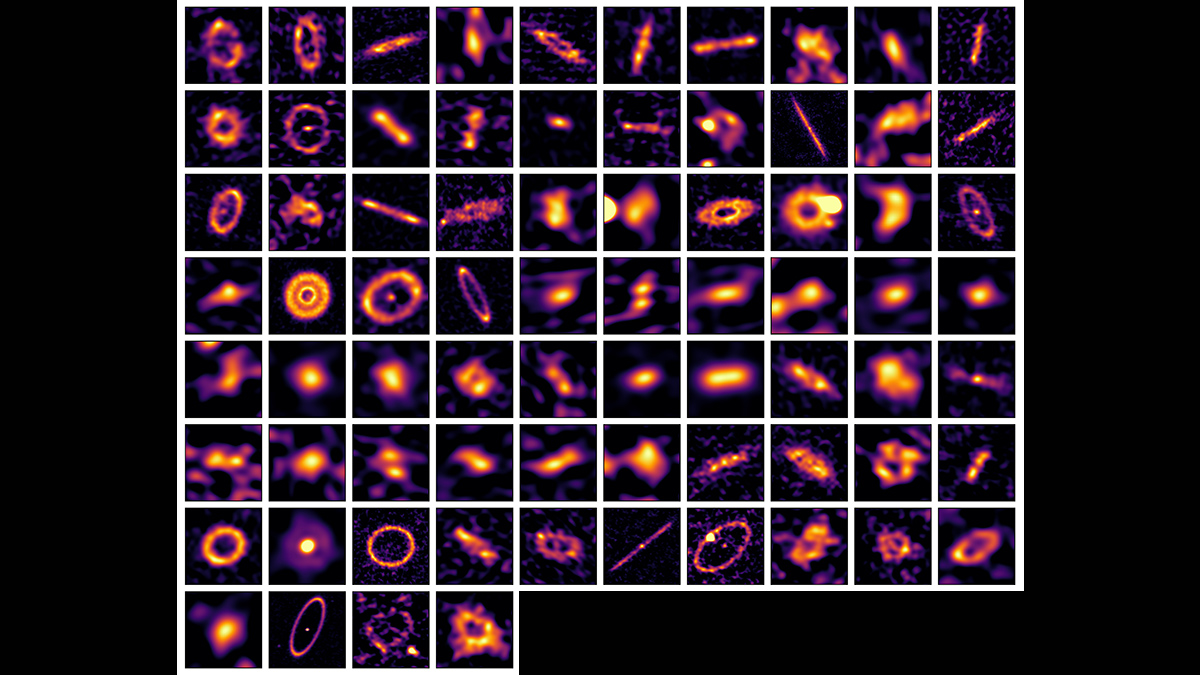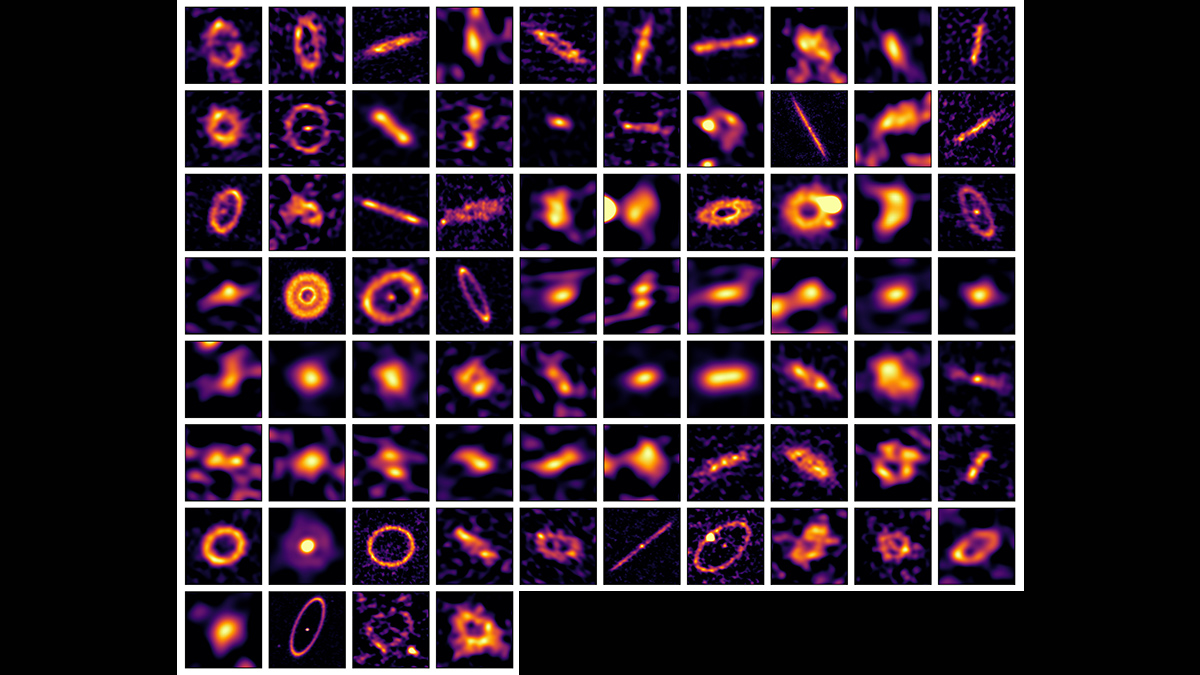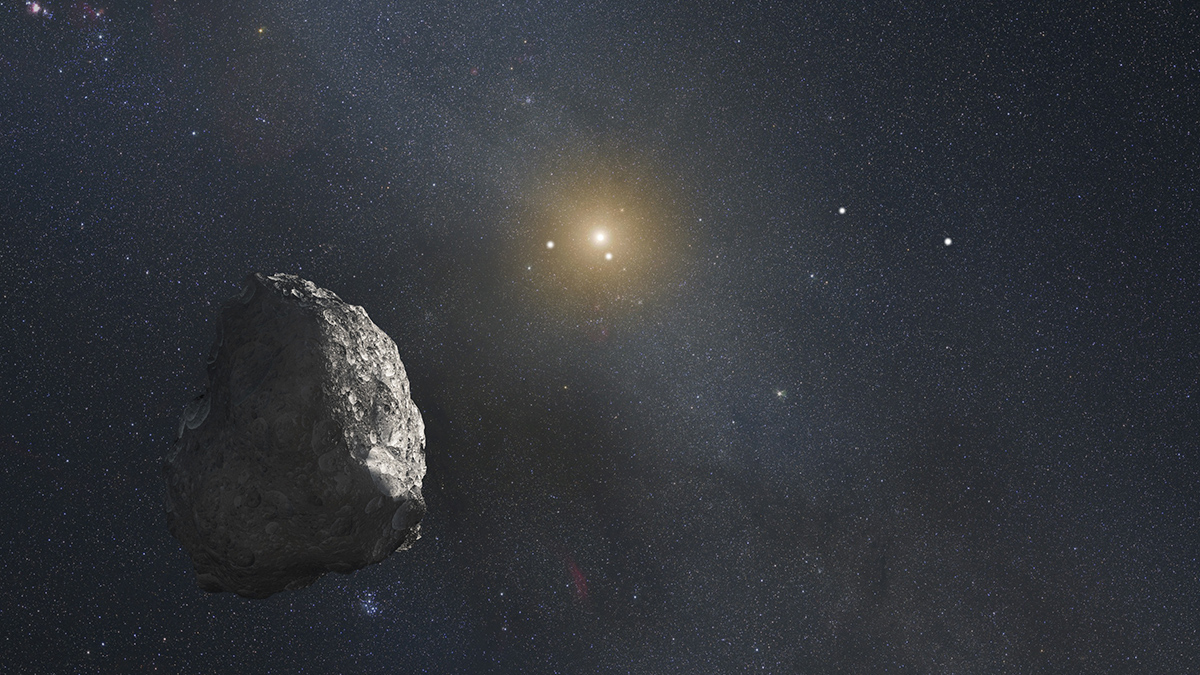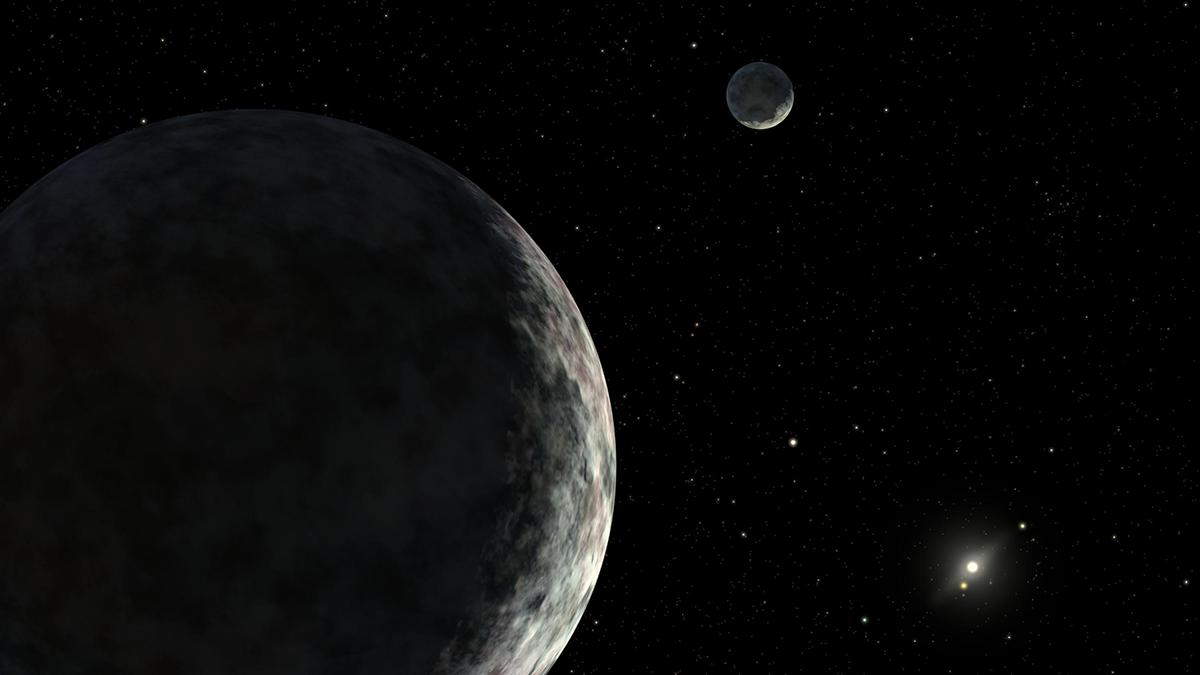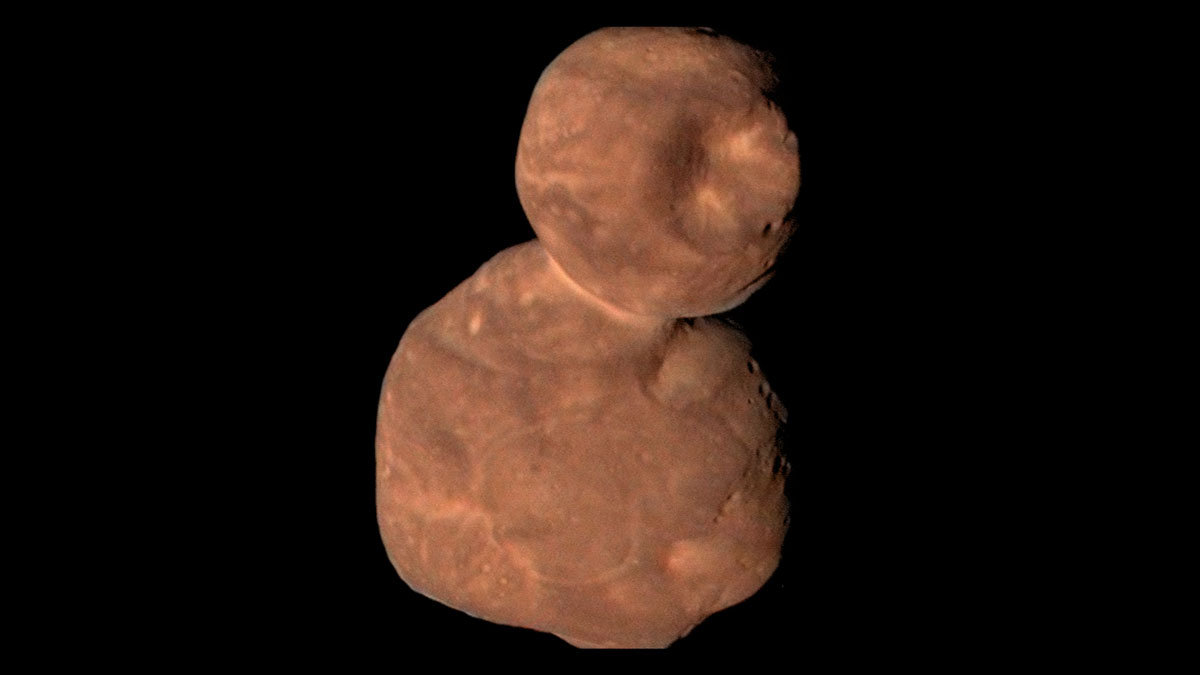An analysis of more than 150 objects in the far reaches of the solar system suggests that a planet more massive than Mercury could be lurking beyond the orbit of Pluto.
Kuiper Belt
Distant Icy Twins Might Actually Be Triplets
The trans-Neptunian object Altjira, 44 times farther from the Sun than Earth is, could be the second known trinary, confirming a theory about the formation of our solar system.
Cinturones polvorientos ofrecen una visión más clara de la formación de exoplanetas
Las observaciones en longitudes de onda milimétricas de polvo y guijarros en 74 sistemas estelares sugieren que las migraciones planetarias podrían ser más comunes de lo que pensábamos.
Dusty Belts Provide Clearer Insights into Exoplanet Formation
Millimeter-wavelength observations of dust and pebbles in 74 star systems hint that planetary migrations might be more common than we realized.
Pluto’s Small Moons Are Unlike Any Other
The strange blend of surface chemistry on Nix and Hydra raises big question about the evolution of the Pluto system.
Another Ring of Objects Might Exist in the Outer Solar System
A search for a new target for NASA’s New Horizons spacecraft suggests that space beyond the Kuiper Belt could be an unexpectedly crowded place.
A Sugar Coating for Arrokoth
A Kuiper Belt object might contain ribose and glucose on its surface—the same elements that could have seeded life on Earth.
Los planetas enanos muestran evidencias de reciente actividad geológica
Los grandes cuerpos del Cinturón de Kuiper y más allá podrían haber albergardo océanos en la subsuperficiales.
Dwarf Planets Show Evidence of Recent Geologic Activity
Large bodies in the Kuiper Belt and beyond could have hosted subsurface oceans.
Arrokoth’s Mounds Hint at How Planetesimals Form
The most remote world ever seen up close is a mash-up of smaller pieces.

